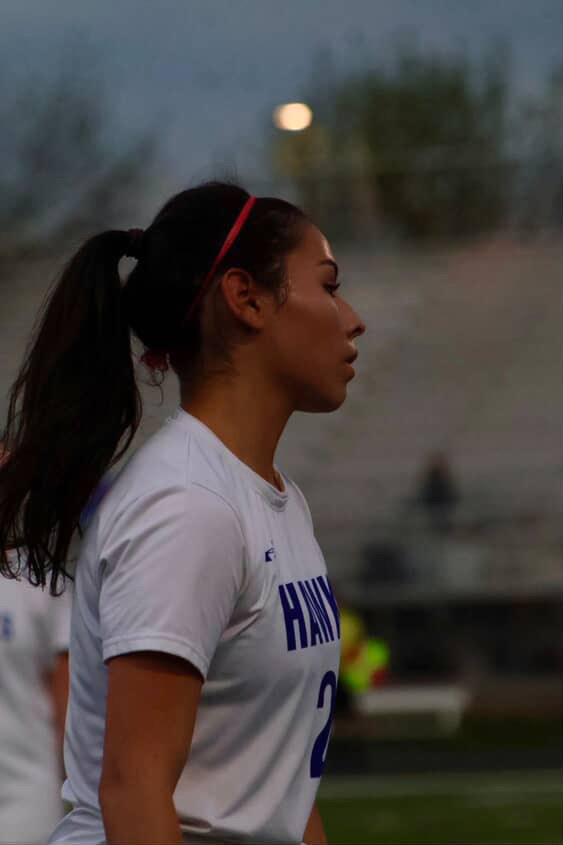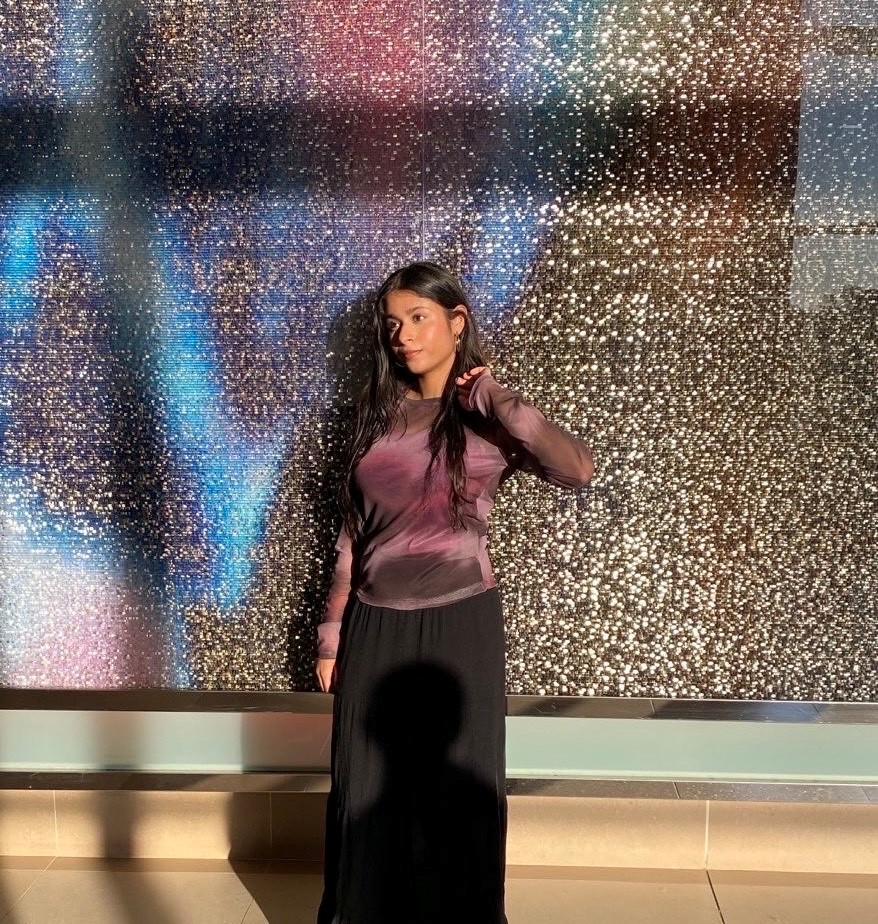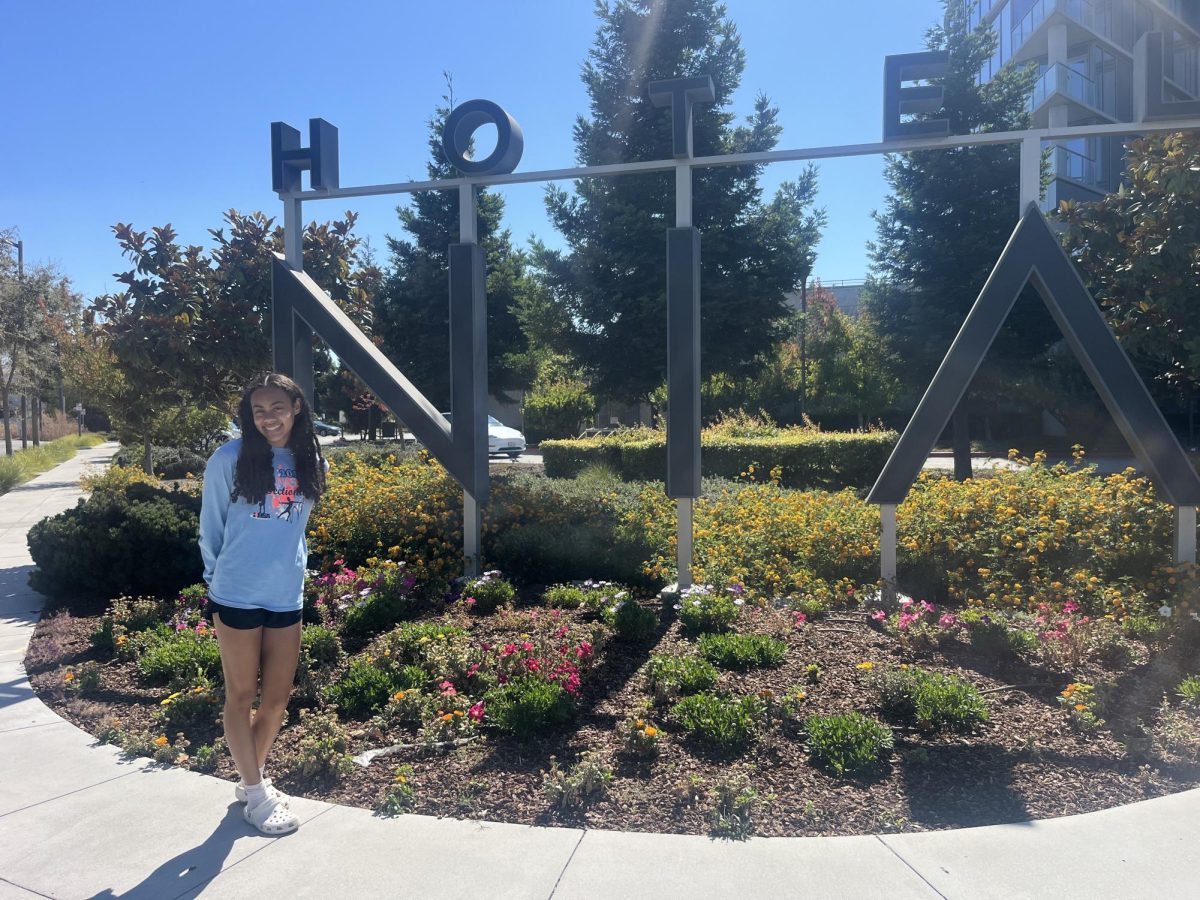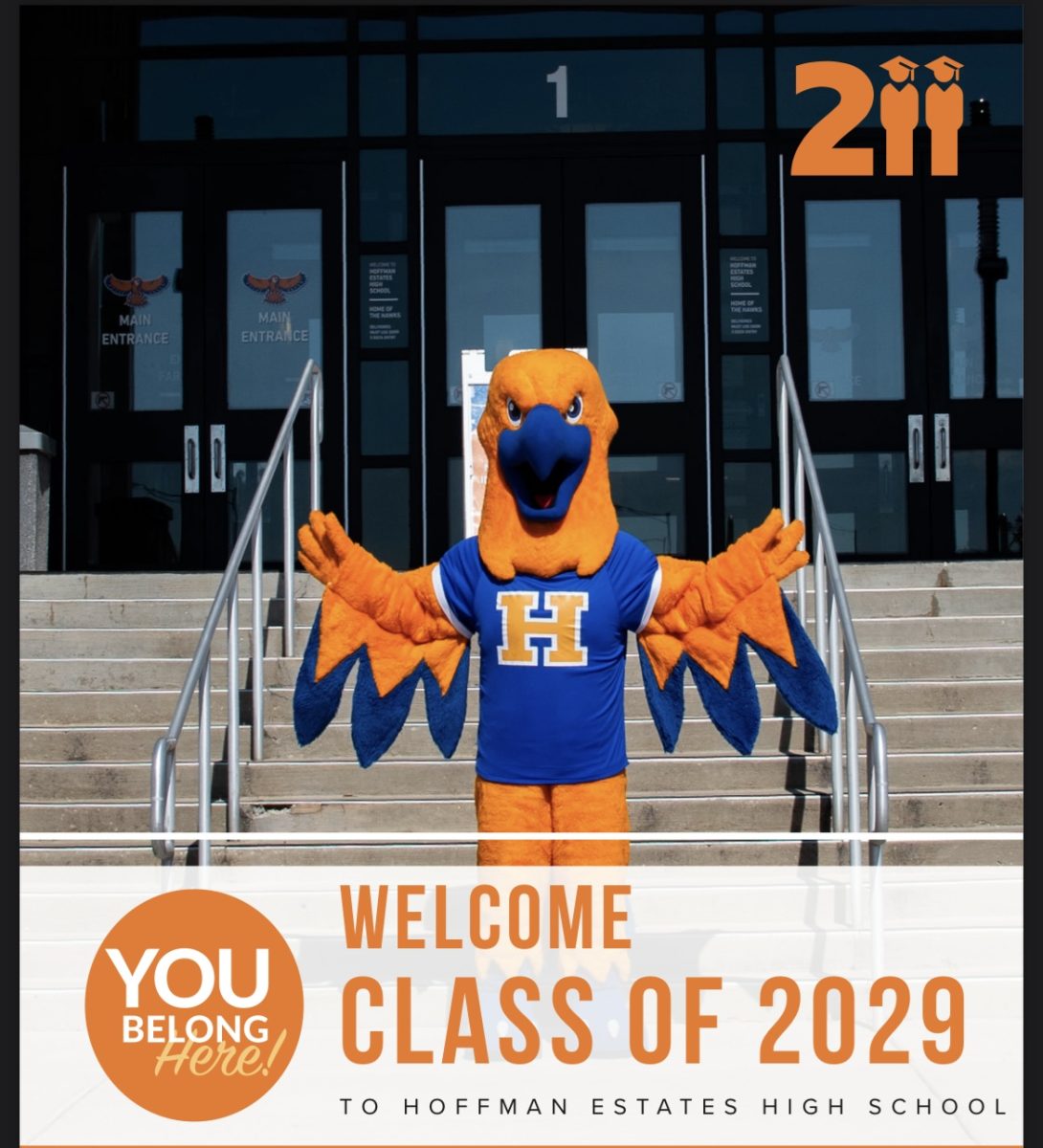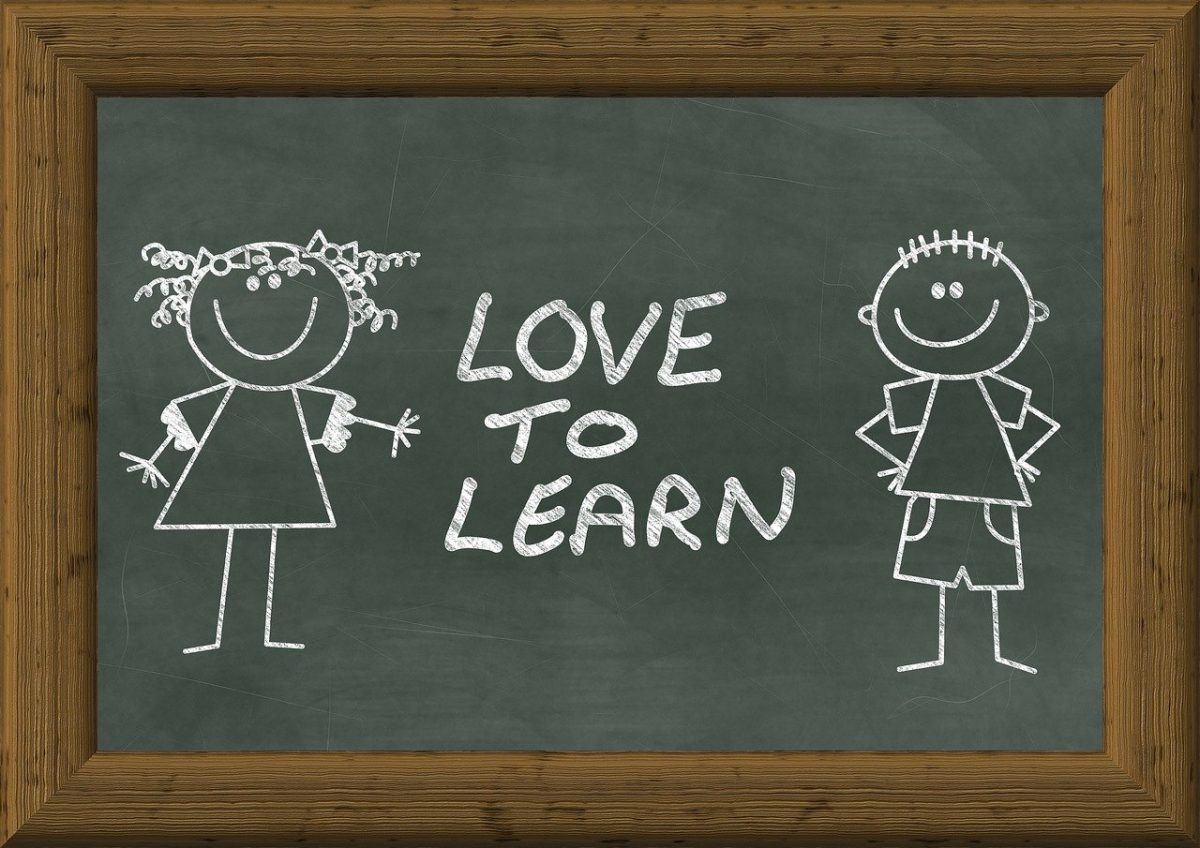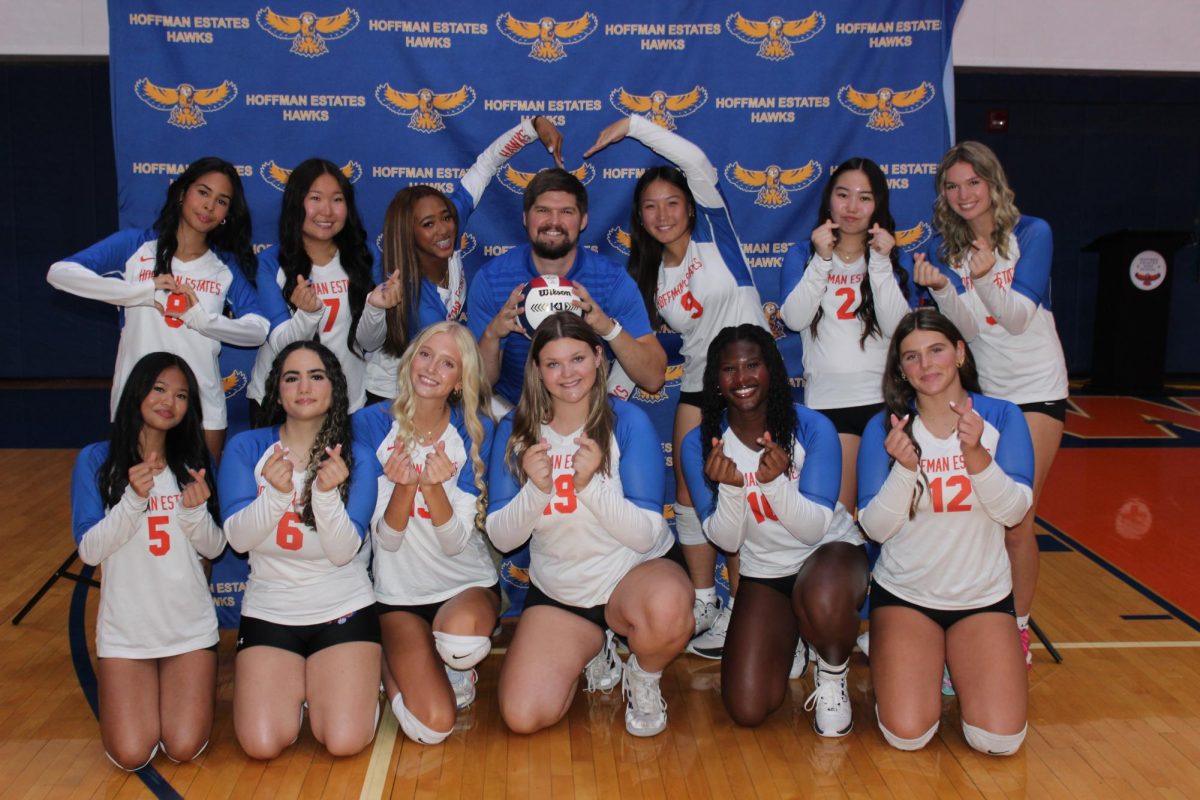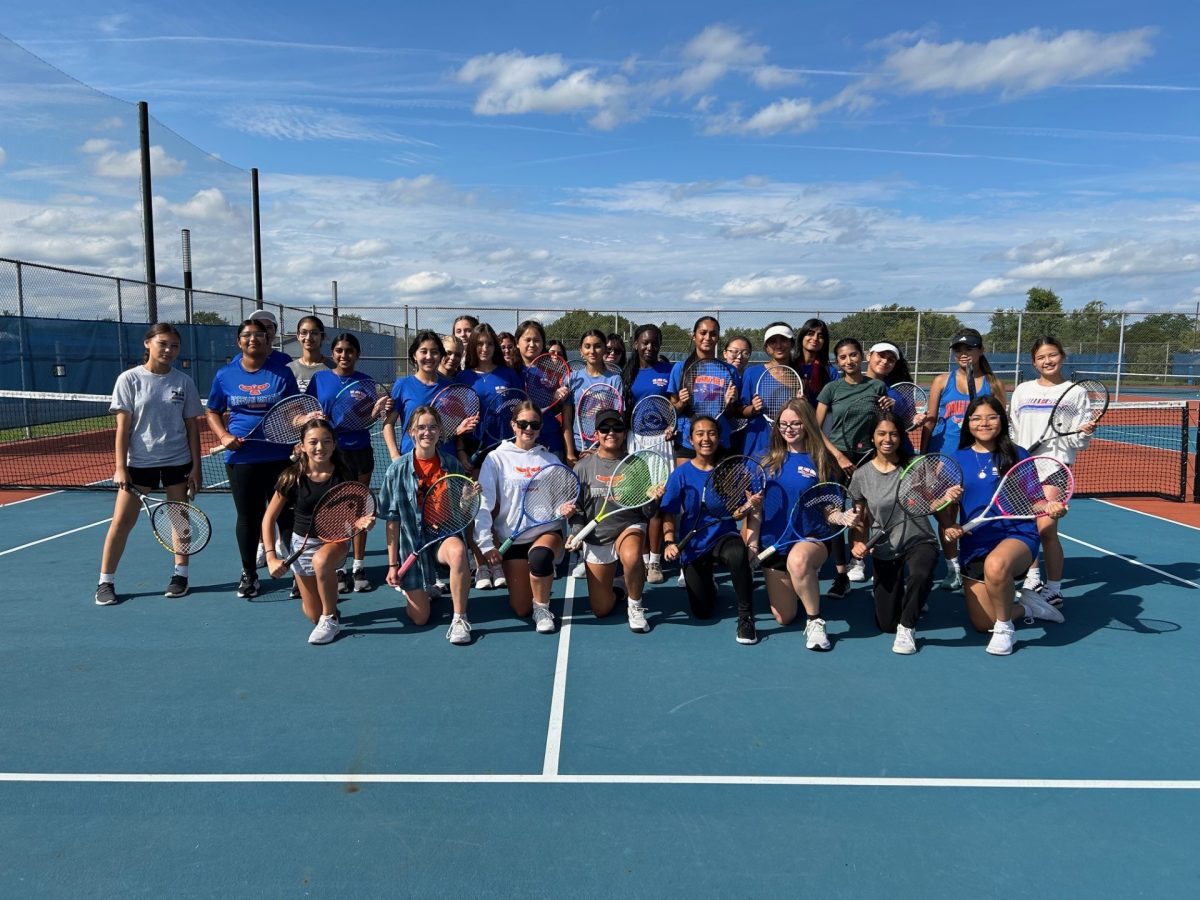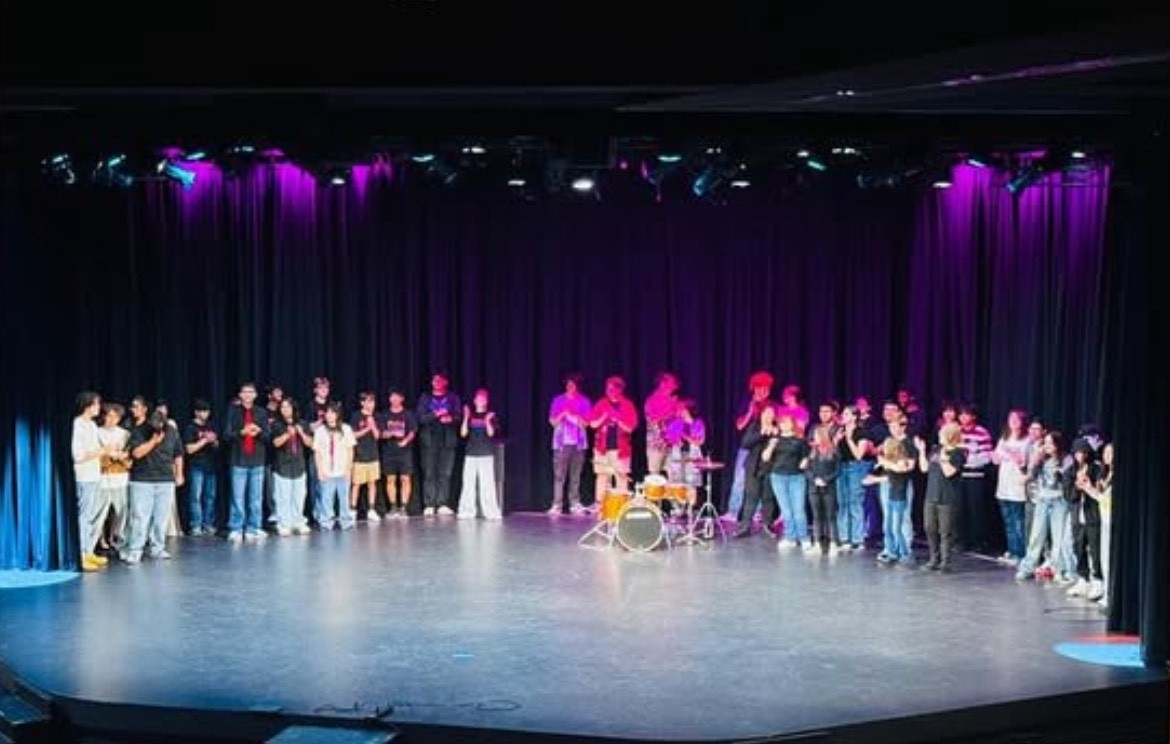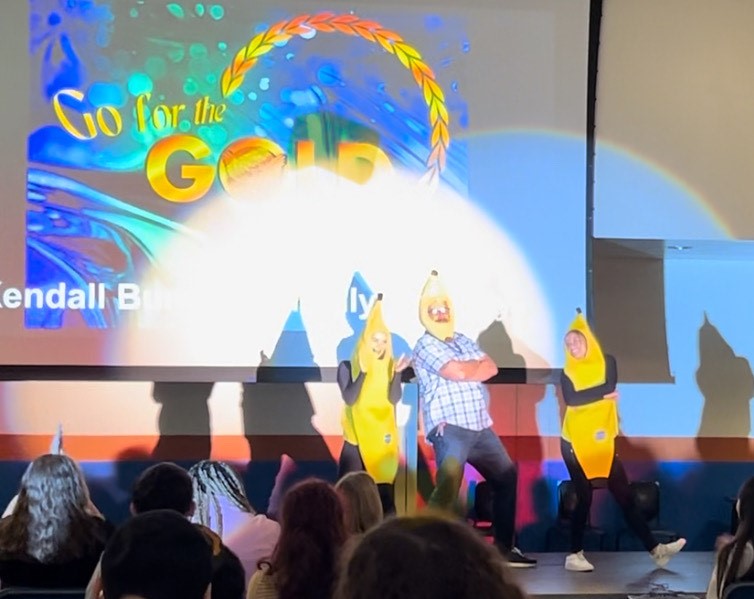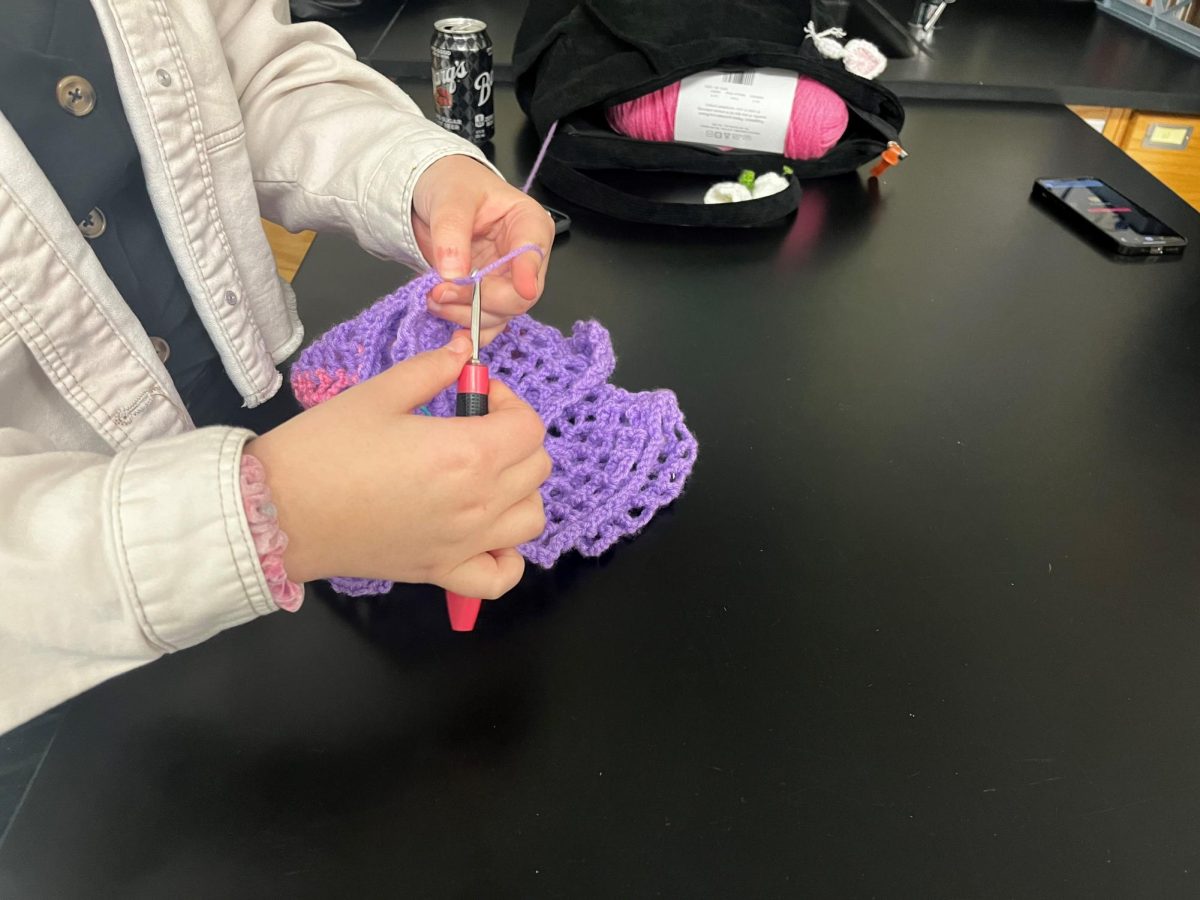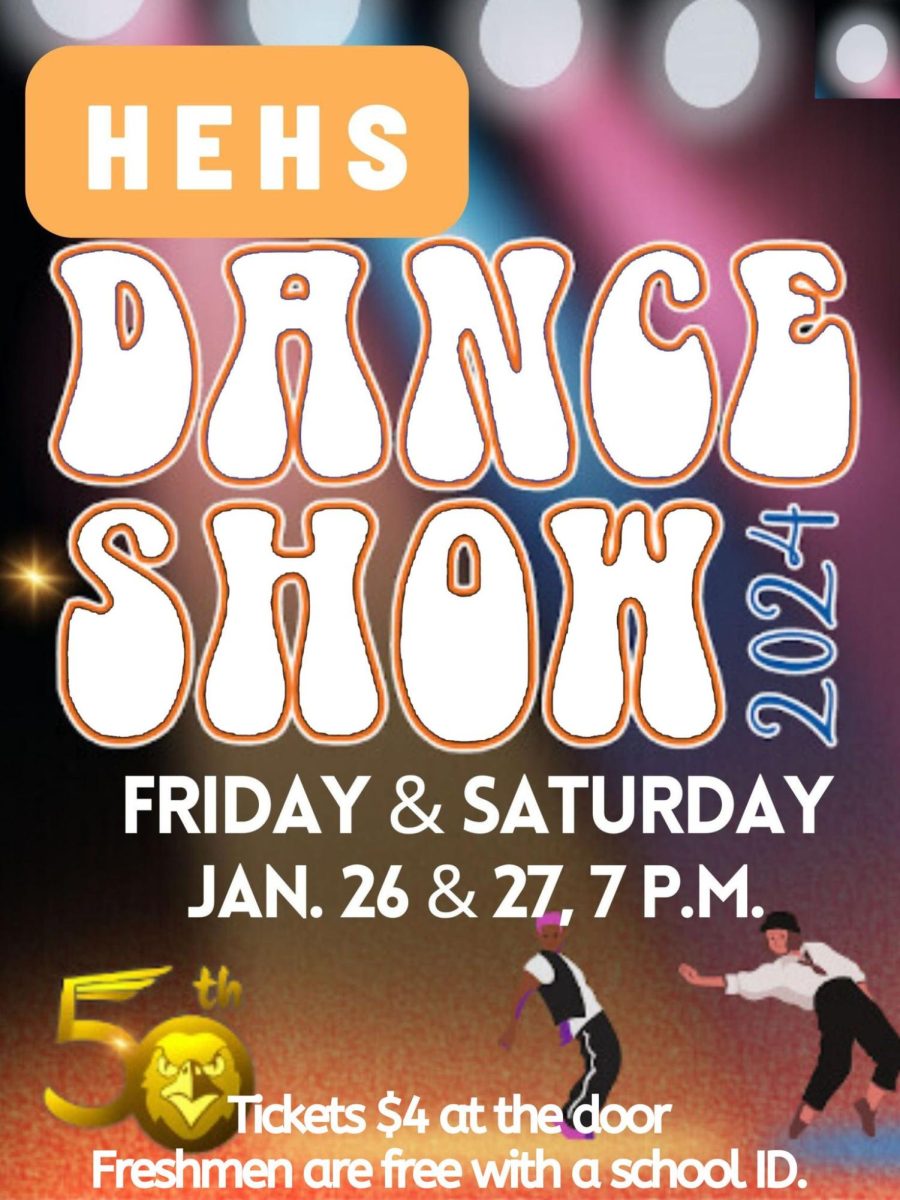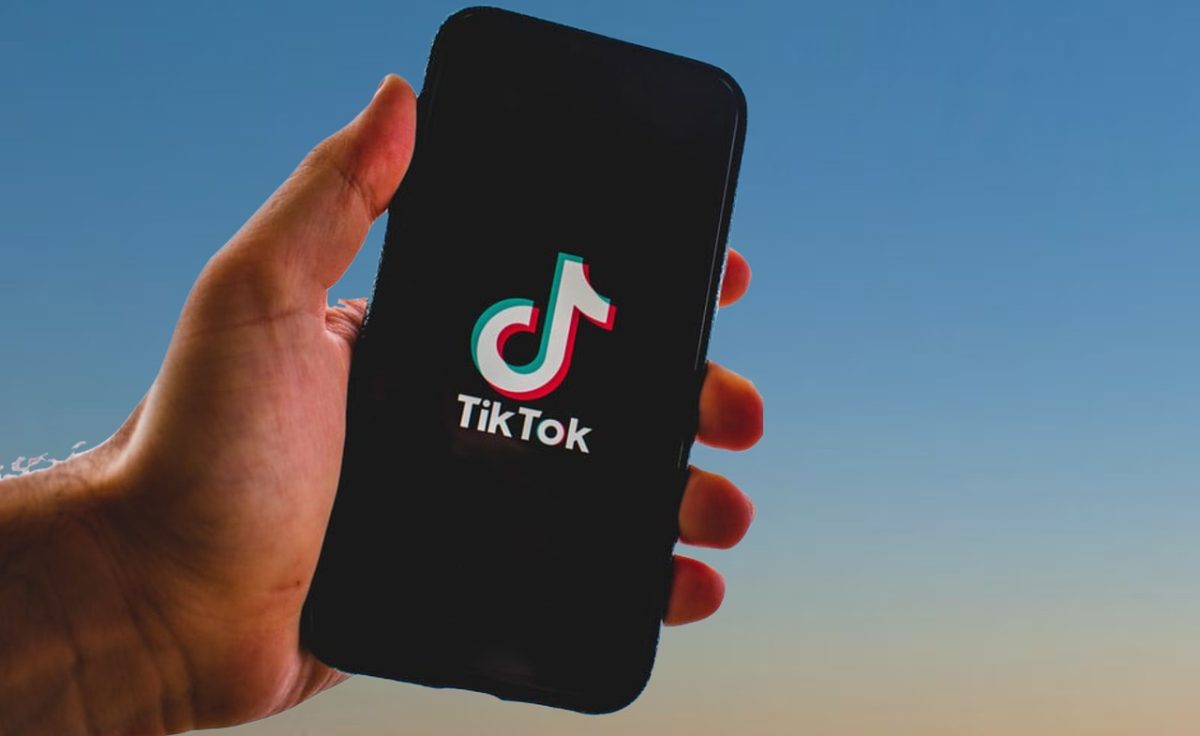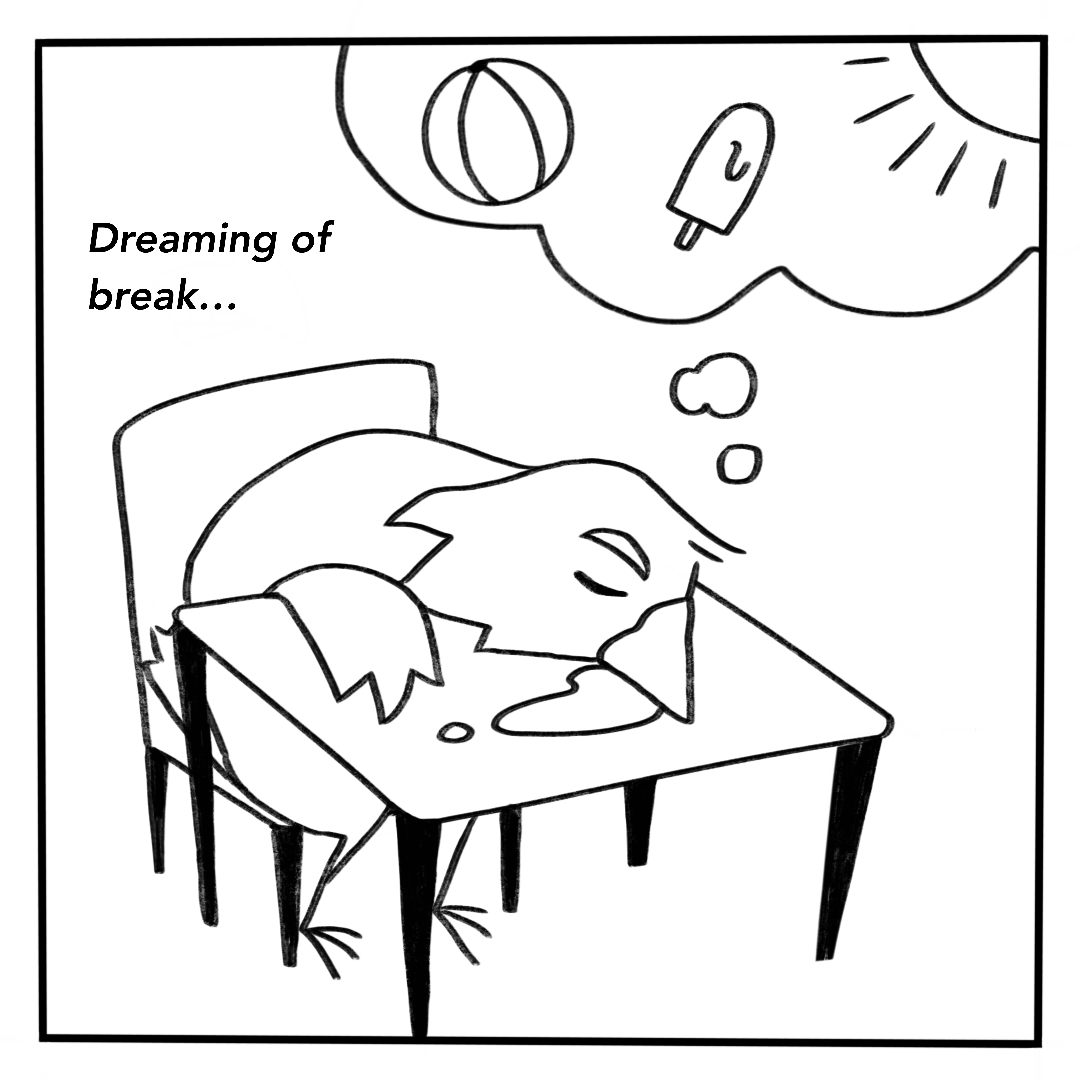In schools all around, a revolution is quietly unfolding—one fueled by screens, wise tools, and an ugly number of artificial intelligence. What was once scribbled notes in spiral notebooks now is supplanted by Chromebooks and iPads. Students are using AI software to not just write essays and do math assignments but even to do more personal tasks like drafting birthday messages and even composing entire final exam answers.
While such computers can prove helpful, the line between using technology as a tool and relying on it to do the thinking is becoming fuzzier by the day. Educators and students alike are raising their eyebrows at the mounting misuse of AI—copying entire assignments, submitting AI-drafted answers with no understanding, and sidestepping real learning.
“I feel like AI is being used for both ethical and nonethical purposes. Sometimes people will ask AI a question they don’t understand for clarification and help; however, others just ask for an easy answer they can copy onto their work,” said Brianna Thakkar, freshman. “AI is making people very lazy. It’s also being used as kind of a new Google. But [we] still [need to] be careful.”
As the virtual world gets a larger footing in the classroom, one concern looms huge. The transition to digital learning tools was meant to enhance teaching, make knowledge more accessible and learning more engaging, but instead it is starting to have a less savory effect. Instead of inciting interest, the convenience of AI and technology is, in some cases, inducing shortcuts. Some students admit to pasting whole questions into AI and submitting the answers without even glancing at them. Other students use computer grammar programs to retype essays they barely wrote themselves. Teachers have also seen how AI can support learning when used with intention.
“I love it for checking,” said Natalie Tindle, English teacher. “I’ve seen a student use it to review original ideas and his writing. He asked AI to clean it up. It can be a great tool for brainstorming ideas and refining thoughts not just replacing them.”
Teachers are struggling in turn to keep up, unsure of how to identify what is actually student work and what is on a computer. Students use computers to take notes and even perform the most basic tasks. Apart from the short-term educational issues, overuse of AI and technology is already impacting students’ minds and future learning. With solutions easily accessible at the touch of a button, critical thinking and problem-solving skills can decline.
Some students no longer need complete comprehension of concepts—just provide them with the correct answer in a rush. Such a dependence on instant fixes can lead to a lack of confidence in their own abilities and a shallow grasp of the topic. Instead of developing solid study habits or analytical thought, students may become passive learners, relying on technology to perform the work for them. Ultimately, this can produce a generation of students who are technologically competent but struggle with independent thinking, focus, and true understanding.
The impact doesn’t end with students. Teachers are also bearing the same burden. As work generated by AI becomes harder to detect, teachers are spending more time verifying authenticity than teaching. The shift not only destabilizes classroom trust but has a bearing on the future of education too. If students remain reliant on the computer instead of learning to think, problem-solve, and reason, they risk entering college or the work force without the most important skills they will ever need to succeed.
While technology continues to seep its way into the nooks and crannies of education, it’s clear that a balance must be created. Digital tools and AI can work wonders to enhance learning when applied wisely, but when they become a crutch, they can quietly chip away at the very foundation of education. Educators and learners must all work together to establish clear boundaries, be honest about learning, and remember that true knowledge can’t be downloaded; it has to be earned.
